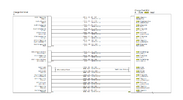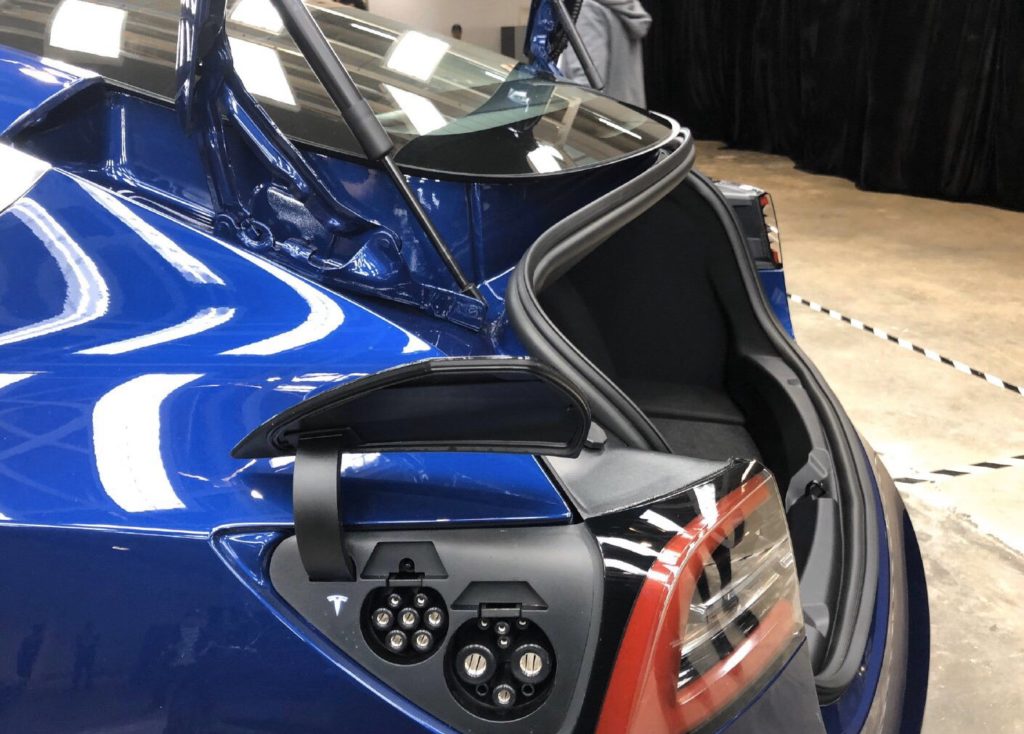Well, isn't your car still under warranty? Why not wait for the real retrofit like the EU had? If they find anything wrong with any items during the retrofit, it would be taken care of under warranty? Maybe some items will need to be replaced regardless, but maybe Tesla will just charge a flat fee? I don't know enough about how everything played our across the pond.
Do we think a retrofit is not coming unlike the EU?
My initial goal was to just "get ahead of" the rush of people trying to get the adapter and the retrofit when it comes out (any day now... any? day? now?). Q4 earnings call was like a dump of cold water on anyone hoping Tesla would focus on improving/servicing vehicles though. But as I keep running into blocks, it's increasingly likely that either (a) my car would fundamentally never be compatible with whatever simple ECU upgrade they offer, like they do in EU, or (b) they wouldn't even offer a retrofit if it says it's not enabled.
I also really want to push the conversation forward with those far away from a Tesla service center, so that a skilled and dedicated person/group could know as much as I can share about the process, and do it all without any of Tesla's direct assistance. That's the goal, at least.




